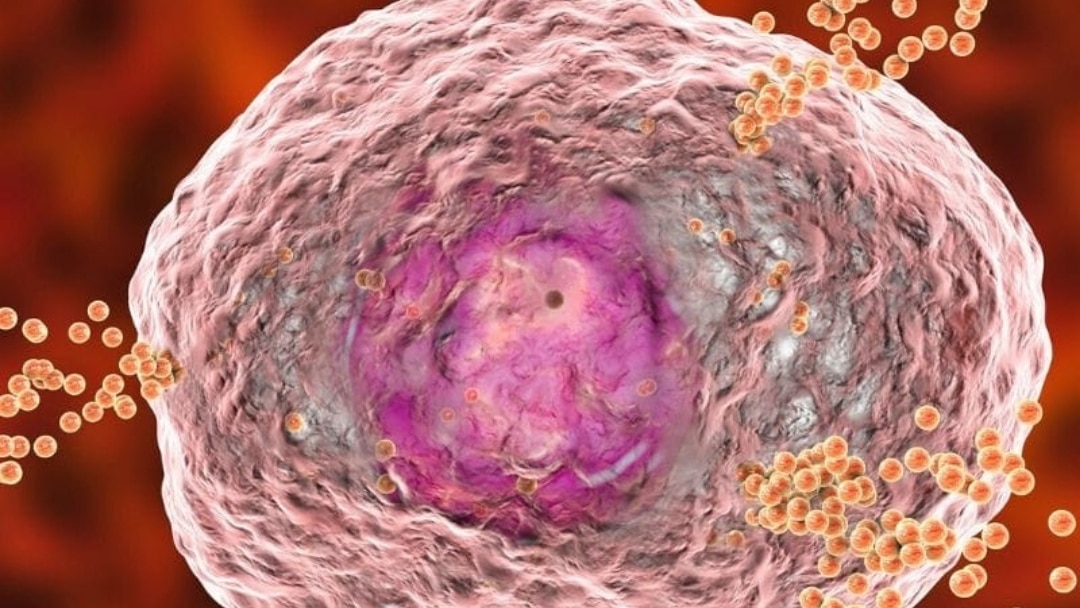IgE Response: A True Allergy
A true allergy is defined as specific immediate reactions such as hives, congestion or swelling involving an antibody called Immunoglobulin E (IgE). Traditional scratch testing identifies IgE triggers, such as pollen, peanuts, or strawberries that can cause symptoms ranging from annoying to lethal.
IgG Response: Intolerance or Sensitivity
A second type of reaction is an Immunoglobulin G (IgG) response, which is sometimes called “intolerance” or “sensitivity” rather than a true allergy because it can be delayed and is not usually life-threatening.
IgG symptoms are cumulative in nature, and can appear as symptoms such as:
- Chronic skin problems such as eczema and thrush
- Gastrointestinal problems such as diarrhea and constipation
- Behavioral reactions such as mood swings and hyperactivity
- Headaches
ELISA Method for True Allergy Testing
An extremely helpful test that many health care professionals order for those with neurodevelopmental disorders such as autism, ADHD and Sensory Processing Disorder is the Enzyme-Linked Immunosorbent Assay, known as ELISA. It screens for both immediate (IgE) and delayed (IgG) reactions in a panel of about 100 food proteins, including gluten and casein. A basic test of the 10 most common allergies is also available.
Most labs rate food sensitivities 0–4, where the highest number requires strict avoidance and the lowest is a well-tolerated food. In between, foods can be consumed once in a while, rotated, or avoided except on occasion. The ELISA method is reproducible, reliable, and valid in the detection of food-specific antibodies.
If either IgG or IgE testing shows casein or gluten sensitivity, chemical messages in the body have tripped an allergic response. An IgG casein or gluten reaction is most likely due to poor digestion. The body’s immediate response is to clear the incompletely digested particles by producing IgG antibodies.
IgA Response: Indicator of Inflammation
A third type of reaction is an Immunoglobulin A (IgA) response, which is indicative of inflammation, especially of the gastrointestinal lining, and leads to intestinal irritability, stomachache, or diarrhea. Health care professionals are seeing more of this type of immune reaction in children with neurodevelopmental disorders.
IgA antibodies are often the body’s reaction to stress. Prolonged stress changes the immune system’s ability to respond quickly. As less blood flows to the intestines, digestion slows and the body heals more slowly.
The Bottom Line
Many children with neurodevelopmental disorders and even those with mood and behavioral disorders have IgE, IgG, and IgA allergic reactions. Semantics permit health care professionals to use the word “allergy” legitimately to describe any symptoms, immediate or delayed, occurring after exposure.
Reactions to gluten or casein usually occur more than two hours after eating a food and are most often IgG or IgA reactions, with symptoms such as sleep disturbance, bed wetting, sinus and ear infections, or crankiness. A number of immunological measures are necessary to determine the immune status of an individual with autism.
Still Looking for Answers?
Visit the Epidemic Answers Practitioner Directory to find a practitioner near you.
Join us inside our online membership community for parents, Healing Together, where you’ll find even more healing resources, expert guidance, and a community to support you every step of your child’s healing journey.
Sources & References
Heuer, L., Ashwood, P., Schauer, J., Goines, P. Reduced levels of immunoglobulin in children with autism correlates with behavioral symptoms. Autism Res, Oct 2008, 1:5, 275–83.
Jyonouchi, H., Geng, L., Ruby, A., Zimmerman-Bier, B. Dysregulated innate immune responses in young children with autism spectrum disorders: Their relationship to gastrointestinal symptoms and dietary intervention. Neuropsychobiology, 2005, 51:2, 77–85.
Suen, R.M., Gordon, S. The Clinical Relevance of IgG Food Allergy Testing Through ELISA. Townsend Letter for Doctors & Patients, Jan 2004, 61–66.




